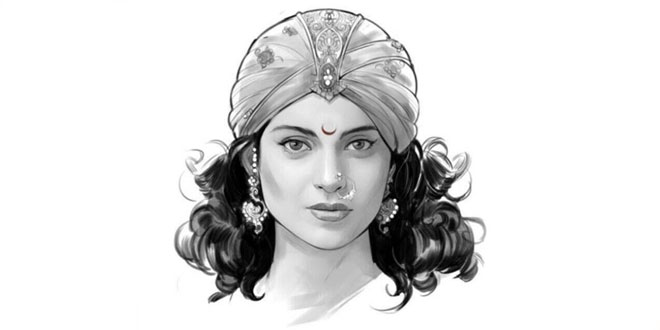Question: How did the rebellion spread to other regions of the country?
Answer: The position of the British became very weak in Delhi and they were almost defeated by the rebel force. Therefore, there was no uprising for almost a week. Afterwards a spurt of mutinies began in several parts of India. Regiment after regiment mutinied and took to join outer troops at nodal points like Delhi, Kanpur and Lucknow.
After them, the people of the towns and villages also rose up in rebellion. They rallied around local leaders, zamindars and chiefs who were prepared to establish their authority and fight the British.
Nana Saheb, the adopted son of the late Peshwa Baji Rao who lived near Kanpur, gathered armed forces and expelled the British Garrison from the city. He proclaimed himself Peshwa. He declared that he was a Governor under emperor Bahadur Shah Zafar. In Lucknow, Birjis Qadr, the son of the deposed Nawab Wajid Ali Shah, was proclaimed the new Nawab. He too acknowledged the suzerainty of Bahadur Shah Zafar.
In Jhansi, Rani Lakshmibai joined the rebel sepoys and fought the British along with Tantia Tope, the General of Nana Saheb.
A situation of widespread rebellion also developed in the region of Awadh. Many new leaders also came up and joined the revolt. Ahmadullah Shah, a maulvi from Faizabad, raised a large force of supporters. He came to Lucknow to fight the British.
In Delhi, a large number of religious warriors came together to wipe out the white people. Bakht Khan, a soldier from Bareilly, took charge of a large force of fighters who came to Delhi. In Bihar, an old zamindar, Kunwar Singh, joined the rebel sepoys and battled with the British for several months.
Question: How did the Company suppress the revolt?
Answer: The Company did not get nervous to sea the strength of the rebel forces. Instead, it decided to suppress the revolt with all its might. It brought reinforcements from England, passed new laws so that the rebels could be convicted with ease, and then moved into the storm centers of the revolt. Delhi was recaptured from the rebel forces in September 1857. The last Mughal emperor, Bahadur Shah Zafar was tried in court and sentenced to life imprisonment. He and his wife were sent to prison in Rangoon in October 1858.
The recapture of Delhi did not mean that the rebellion died down completely. People continued to resist and battle the British. So, the British had to fight for two years to suppress the massive forces of popular rebellion.
The British took Lucknow in 1858. Rani Lakshmibai was defeated and killed in June 1858. Tantia Tope, who fought a guerrilla war, was finally captured, tried and killed in April 1859.
 Class Notes NCERT Solutions for CBSE Students
Class Notes NCERT Solutions for CBSE Students


